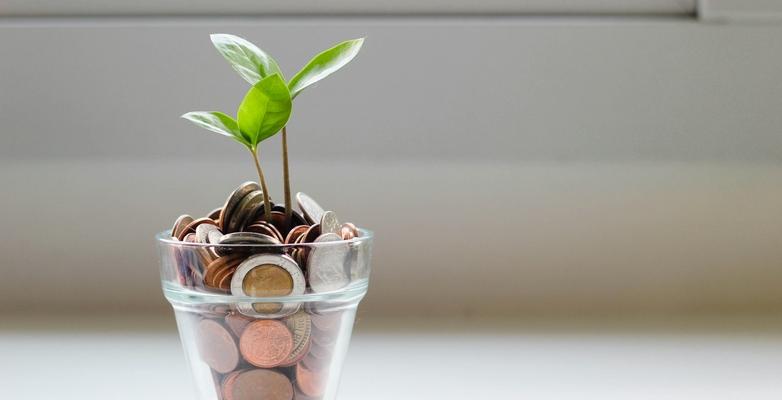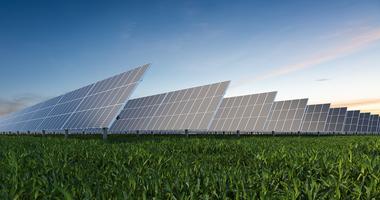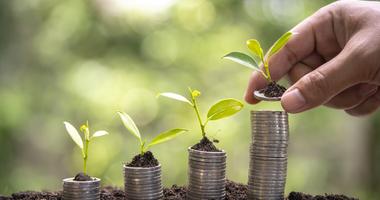
How The World Bank Can Move the Needle On Climate
We spoke with Climate Reality’s international field senior manager to learn more about why the World Bank is a key player in the climate finance space.
6 min read
By Maggie McAden, Digital Fundraising Associate
We just lived through the hottest February on record. The science is clear: we need to transition away from fossil fuels.
Few sectors have the power to accelerate the clean energy transition we need – or hit the brakes – like global finance.
Emerging countries, who have historically contributed the least to climate change, are disproportionately burdened by climate impacts – and frequently lack the resources to sufficiently adapt to a warming world. These countries also rely more heavily on multilateral development banks (MDBs) like the World Bank to finance their development.
That’s why it’s so critical that we strengthen international cooperation on climate and put pressure on global financial institutions to equitably fund the global clean energy transition.
To break down some of these concepts, we spoke with Meg Bearor, Climate Reality’s international field senior manager, to learn more about why the World Bank is a key player in the climate finance space – and how Climate Reality is working to reform global finance and get developing nations the fair credit and funding they need to adapt to a warmer world.
Climate Reality: Can you tell us a little bit about the World Bank and the role it plays in the climate finance space?
Meg Bearor: The World Bank has a lot of power. They provide loans and grants to countries for development. This means that they are here to increase the GDPs of countries and invest in local systems. That being said, they can choose what they invest in, and they can choose what loans they provide. The World Bank can choose to invest in clean energy, in clean energy jobs, and things like that. It’s a really important place for these decisions to be happening. The World Bank is there to both provide development and assistance in terms of money, but also knowledge transfer, capacity-building, and other things like that. So, a country can go to the World Bank to get a loan, and the World Bank can choose to have that loan go towards something that's climate-friendly – or not.
CR: In what ways does an organization like the World Bank hold the keys to global climate action?
MB: Money. Money is the big thing. The World Bank has the power to target their assistance and development money, via loans, to solutions that are climate action oriented. Loans have rules that the person receiving the loan must adhere to. So, for example, the World Bank could require that a certain amount of clean energy be produced each year as part of your loan. It’s a pretty powerful tool. It’s a little bit complicated as we move into the 21st century because the World Bank has not always been an equitable organization in how it pursues development goals. As a multilateral bank, their goal is to make enough money to maintain their credit rating, and that doesn’t always align with sustainable development or climate goals.
I think that there are countries who are a little wary of the World Bank holding the keys to global climate action. Multilateral institutions like the World Bank are run by country shareholders, and the biggest shareholders are the most powerful countries in the world. The United States, for example, has the biggest voting share in each of the World Bank’s financial institutions, and a “gentleman’s agreement” ensures that each World Bank president is a US national. Because they hold the money, it can result in sort of an imbalance of power, and to an extent, this dynamic can hold countries hostage with regard to how they pursue development.
CR: From a grassroots perspective, how can we put pressure on the World Bank?
MB: The first step is really raising awareness on the World Bank’s role in climate finance and the impacts that they have. Then it’s about mobilizing people to come together, whether it's through signing petitions, writing letters, sending emails, or making phone calls specifically to decision-makers. Last year, for example, all of Climate Reality’s branches signed the same letter making demands to the World Bank for the Ambition Summit of the G20. Those demands were agreed upon and all coming from a unified voice, and they sent those letters to their governors of the World Bank from their countries to influence their decision-making process at the meetings in the fall.
Targeted messaging at specific decision-makers is really important, and I think it's really important when that can be done in coalition – through collective impact processes with different, like-minded organizations. That’s critical for organizations like Climate Reality because these institutions are just so huge and one organization isn't going to change the process, but if we do it in partnership with other organizations, that's what's going to have the most impact.
Finally, the US has an outsized influence in a lot of these international bodies. For example, representatives in Congress play a role in nominating some US representatives to the World Bank. Knowing what your representatives’ values are in terms of climate finance and climate change more broadly is important because they're putting people in some of those positions of power.
CR: What role can Climate Reality’s “Financing a Just Transition” global campaign play in creating change?
MB: One of the huge advantages that Climate Reality has is being a global network. So, when we address large institutions who hold the keys and the money in financing a just transition, we can use our global network – both our branches and our Climate Reality Leaders around the world – to go out and influence with this unified message. That’s a really important leverage point that we have. We can take our unified messages and we encourage our network to put pressure on power holders and push them to act on climate finance. A lot of our campaign work around financing a just transition starts with educating folks about the process and about knowing where those levers of power are – and then mobilizing our network to go out there with that unified message and influence their decision-makers.
Our branches are also very active in this space. The Climate Reality Project Africa is running fair finance schools across multiple African countries to capacitate local activists to have a better understanding of public finance and the levers of power.
Led by The Climate Reality Project Philippines, our branches are also working on developing an online platform – a climate finance tracker – to house the databases, analyses, and lessons generated by the climate accountability work being done to uphold countries’ initiatives toward mobilizing funding to address the needs of climate-vulnerable countries.
CR: When it comes to climate finance, what should advocates keep an eye out for in 2024? What are the some of the “big moments” we can mobilize around?
MB: The big mobilizing moments are the G20 and G7 meetings, which are coming up and can drive political will in those powerful countries in a positive direction. The G20 is led by Brazil this year, and in addition to that, the COP process – which will set a new finance goal this year - and the annual World Bank and IMF meetings will be critical. These meetings are important spaces for global leaders to make commitments to climate action and allocate funds. Those annual meetings happen in April and October. Those are really the key moments, and we need to make sure that our messaging is targeted there and to the processes that are going to happen during those meetings.
To stay up to date with the latest in the movement for climate solutions, sign up for our digital advocate list.




